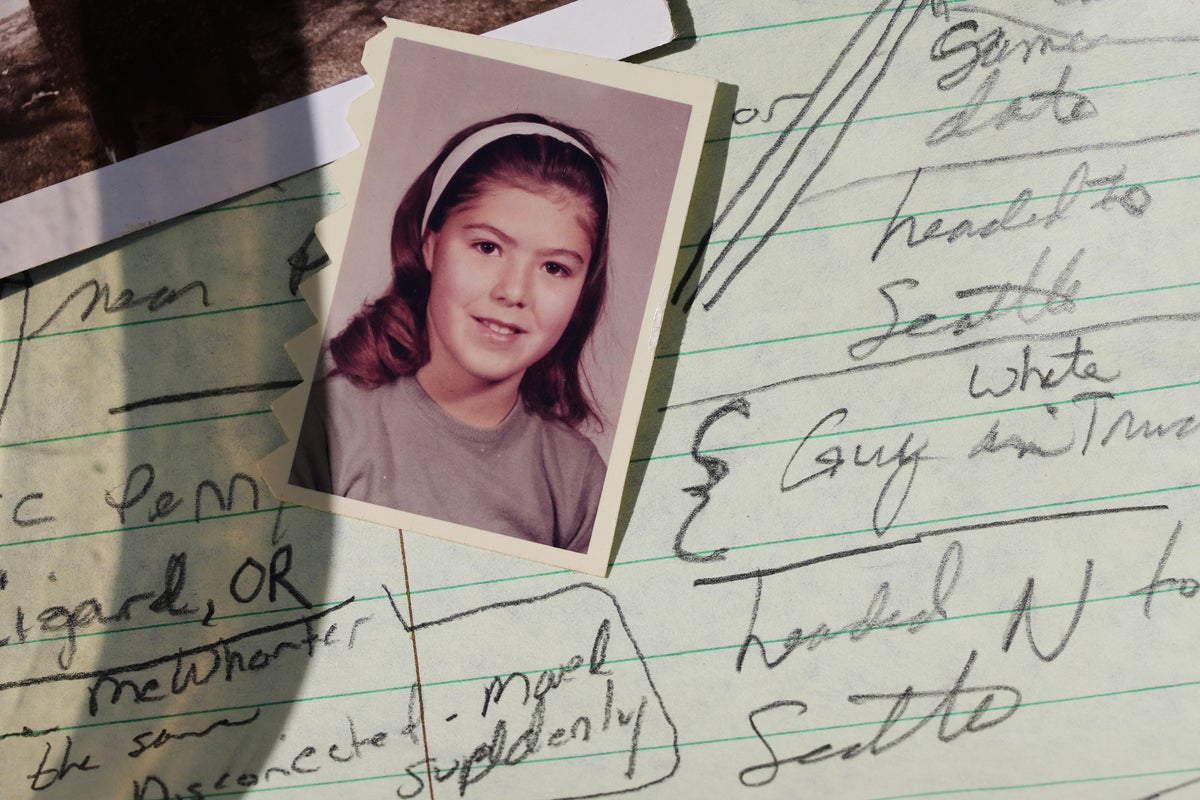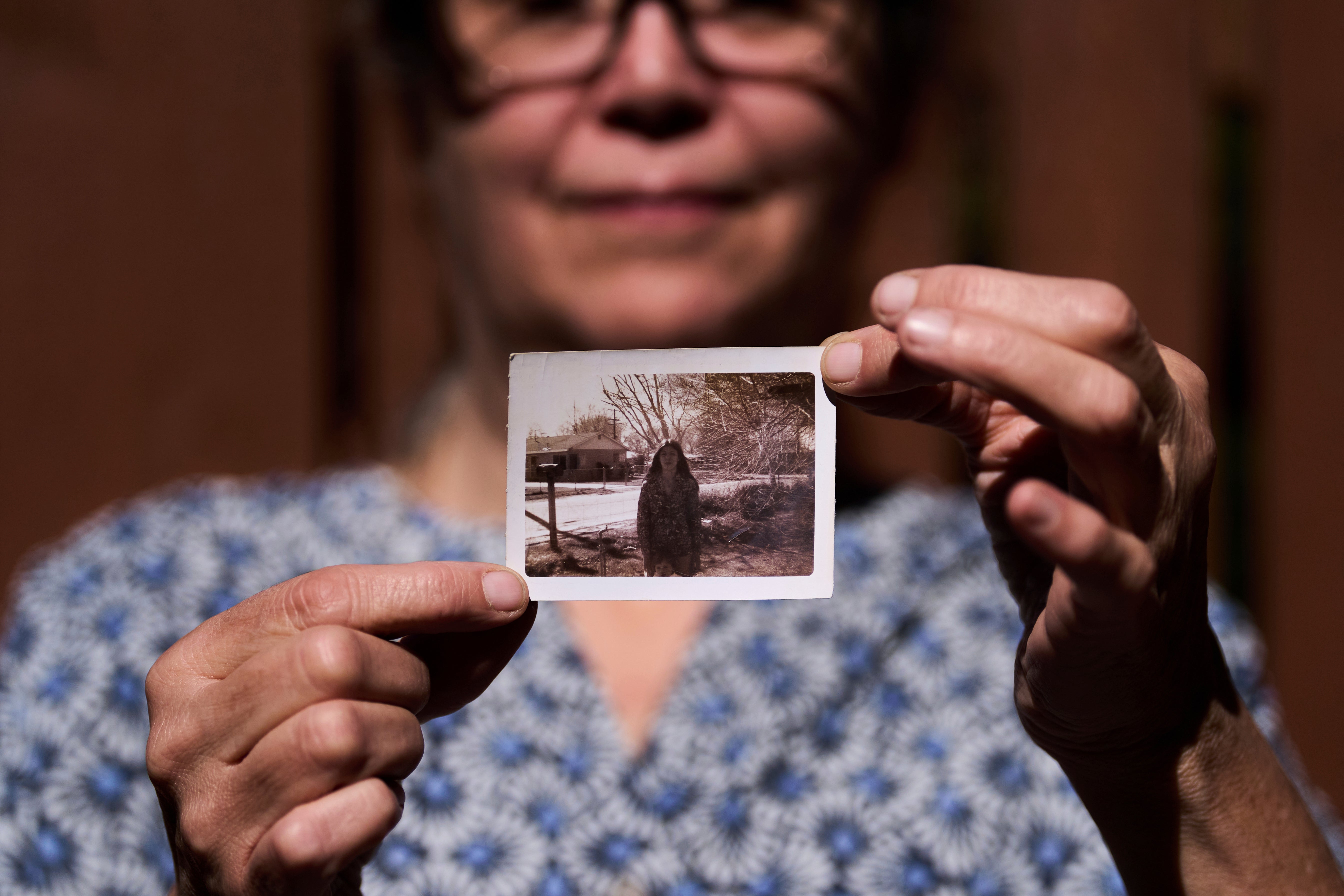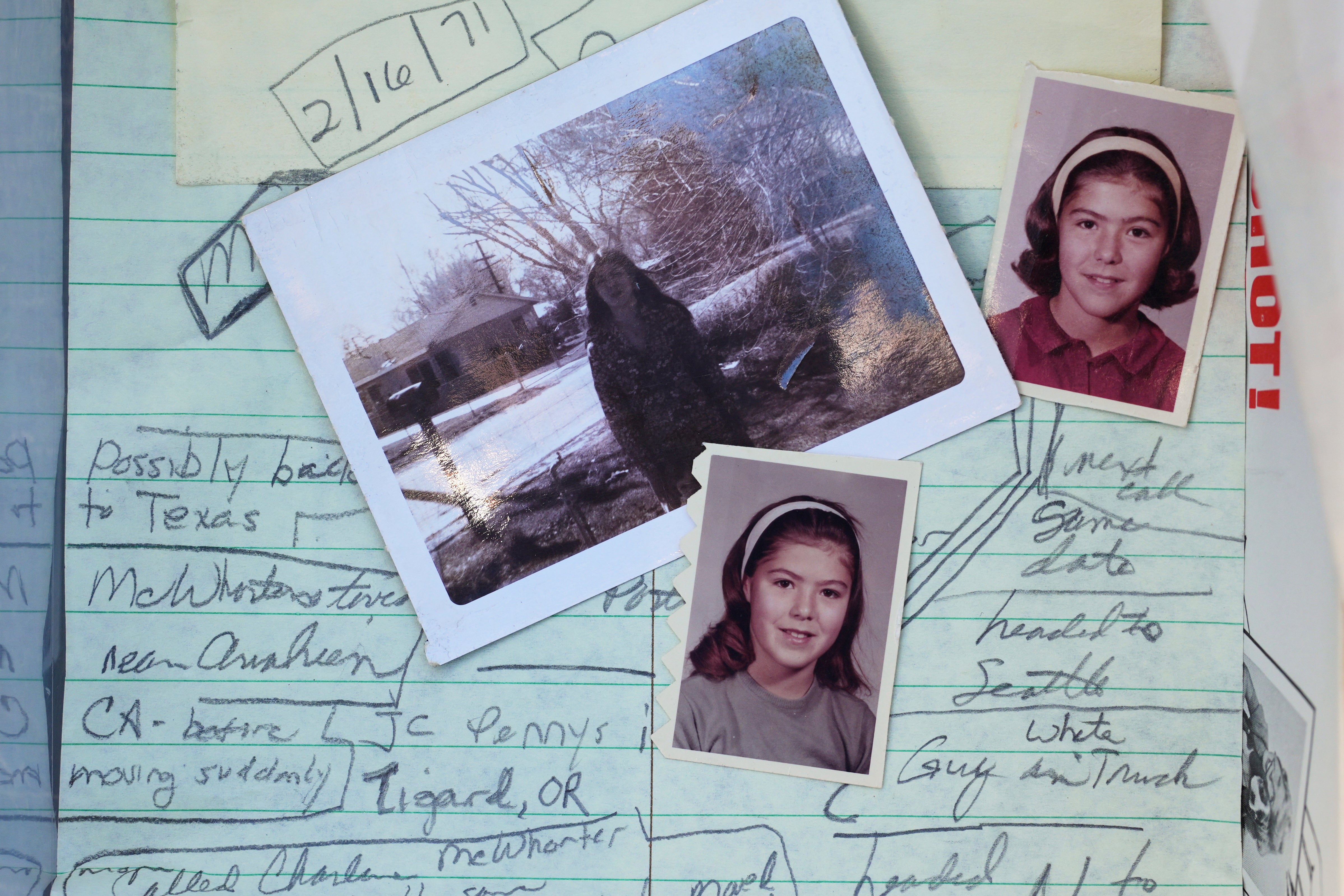
For decades, Valerie Nagle tirelessly sought answers about her older sister, Marion Vinetta Nagle McWhorter, who was last seen in Oregon in 1974. Her persistent search, which involved poring over online databases of unidentified persons and submitting her DNA to a popular ancestry website, finally yielded a breakthrough this summer.
In June, Oregon authorities contacted Ms Nagle "out of the blue" to request a DNA comparison for a cold case known as "Swamp Mountain Jane Doe." Her genetic material ultimately confirmed that remains found near a mountain creek in Oregon’s Central Cascades in 1976 belonged to her sister.
Oregon State Police publicly announced the identification this week, nearly 50 years after Ms McWhorter’s disappearance and decades after the discovery of the remains.
“I was very surprised that they called,” Nagle, a 62-year-old who lives in Seattle, told The Associated Press. She was 11 when her sister went missing. “I was really glad that they found me through DNA.”
McWhorter was last seen at a shopping mall in the Portland suburb of Tigard when she was 21.

She was the oldest of five siblings, and Nagle was the youngest. Their mother was Alaska Native of the Ahtna Athabascan people, Nagle said, and her big sister had been named for an aunt who died in a boarding school for Indigenous children in Alaska in 1940.
High rates of disappearances of Indigenous people, particularly women, have festered for generations amid inadequate public safety resources.
Nagle, who lived in New York with her parents and one of her brothers at the time of her sister's disappearance, said her mother may have contacted authorities but that she wasn’t sure of the exact extent of the efforts made by her parents to find her sister.
“I mean, there were, you know, efforts to search, but it was limited,” she said. “We didn’t have that much to go on.”

She does know her sister had come from California to Oregon with plans to continue on to Seattle and eventually Alaska when she called an aunt who lived near the Tigard shopping mall for a ride in October 1974 — but the aunt didn’t end up meeting up with her, Nagle said.
Nearly 20 years later, the aunt shared another detail with Nagle: When McWhorter called her that day, she told her that a man in a white pickup truck had offered to give her a ride. It was unclear why her aunt waited that long to share that information.
Nagle said that when she learned this puzzle piece, she “started in earnest with more searching," including by checking databases with unidentified persons cases.
“I remember spending a lot of time on those pages, just scrolling through and trying to look,” she said.
In 2010, a bone sample from McWhorter's remains was sent to the University of North Texas Center for Human Identification, and a profile was created in the national missing persons database NamUs, state police said. An additional bone sample was submitted for DNA extraction in 2020, allowing for a unique genetic marker profile to be produced.

In 2023, Nagle did a DNA test when she signed up for Ancestry, a genealogy company with a DNA database, hoping it would yield a clue about her sister, she said.
But the breakthrough came in April when a first cousin once removed uploaded their genetic profile to FamilyTreeDNA, another genealogy company with a DNA database, Oregon State Police spokesperson Jolene Kelley said in an email Thursday. That allowed genealogists to get a better idea of McWhorter's family tree and led them to find that Nagle was a surviving family member.
“This case was cold for 49 years. That means that family members lived and died without ever knowing what happened to their missing loved one," State Forensic Anthropologist Hailey Collord-Stalder said in a statement, adding that McWhorter “likely did not go missing voluntarily.”
The Linn County Sheriff's Office is working to determine the circumstances of McWhorter's death, state police said.
For Nagle, an important piece of the puzzle is solved.
“I never forgot about her,” she said.







